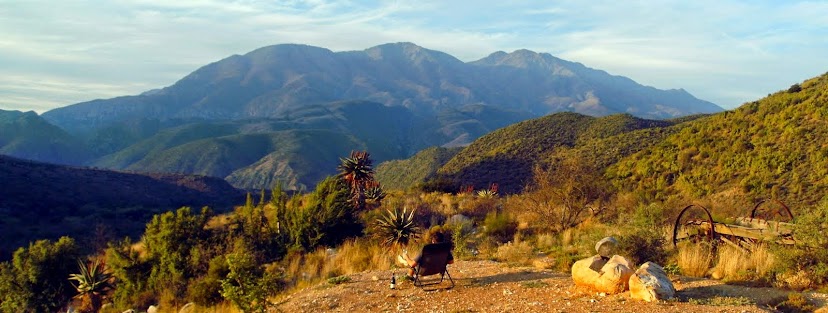When you’re shopping for a piece of steak there are a few things to remember. Always get the best quality meat you can and make sure it’s thick enough. Really thin pieces will dry out too easily. The raw meat must feel fairly firm and should be cherry red in colour, not dark plum. A marbling of fat (the thin threads weaving their way between the lean meat) is what you want and adds a huge amount of flavour during cooking.
When you’re ready to cook the steak, make sure you’ve had it out of the fridge for long enough. Half an hour is usually sufficient unless you’re at the North Pole. It should be at room temperature because throwing a cold steak over heat will result in tightening of the meat and an unwanted loss of tenderness.
Prepare the steaks by rubbing with olive oil and then give them a good sprinkling of salt and pepper.
Dry heat is ideal for cooking steak. The combination of the evaporation of moisture on the surface of the meat, the juices and flavour concentrating and the caramelization of natural sugars gives you a wonderfully flavoursome crust and a great result.
Cooking on a dry griddle pan or over the coals is perfect. The steak should sizzle when it first hits the heat so make sure you’ve got the pan hot enough or that your fire is good. Depending on the thickness of the steak you should cook it for around 2 minutes each side for medium rare (the way I like it), a bit more for medium and a bit less for rare. I’m afraid that well done is not really an option and completely frowned upon by most. Don’t fiddle with the meat while it’s cooking; turn it gently and definitely not by poking it with a knife or fork.
Once you’ve cooked the steak to your liking, it should rest for at least half the cooking time. Put it on a rack and cover with foil. Juices will mingle throughout the meat which will be moist the whole way through. If you don’t rest it, all of the juices and flavour will escape when you cut into it.
Make sure you serve the steak on a hot plate and you should us a razor-sharp knife.

There is nothing like a steak done just right and if I was forced to mention the restaurant that gave me the best I’ve ever had it would be
'El Boliche de Alberto' in the holiday town of Bariloche, Argentina. They’re fortunate enough to be given an amazing raw product but they seriously respect their ingredients and produce steaks that have heavenly flavour and tenderness.




















